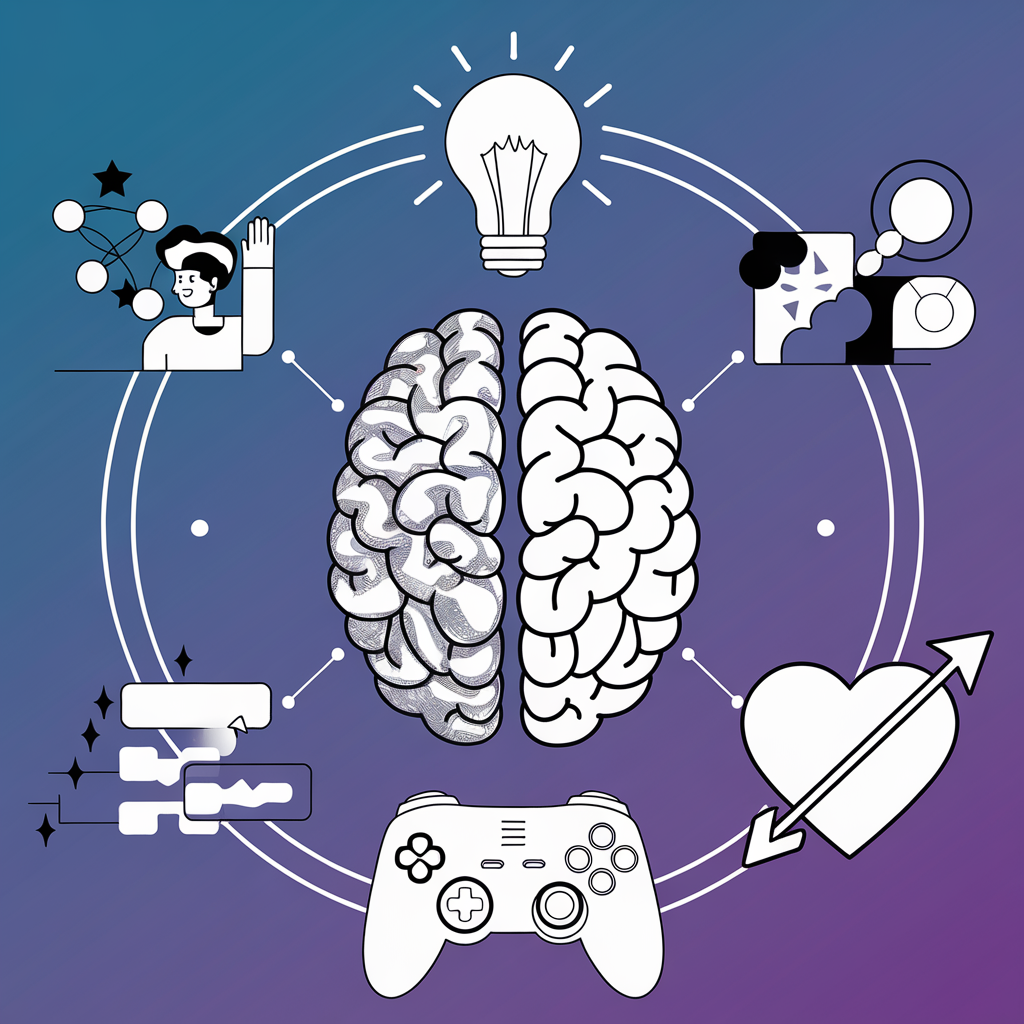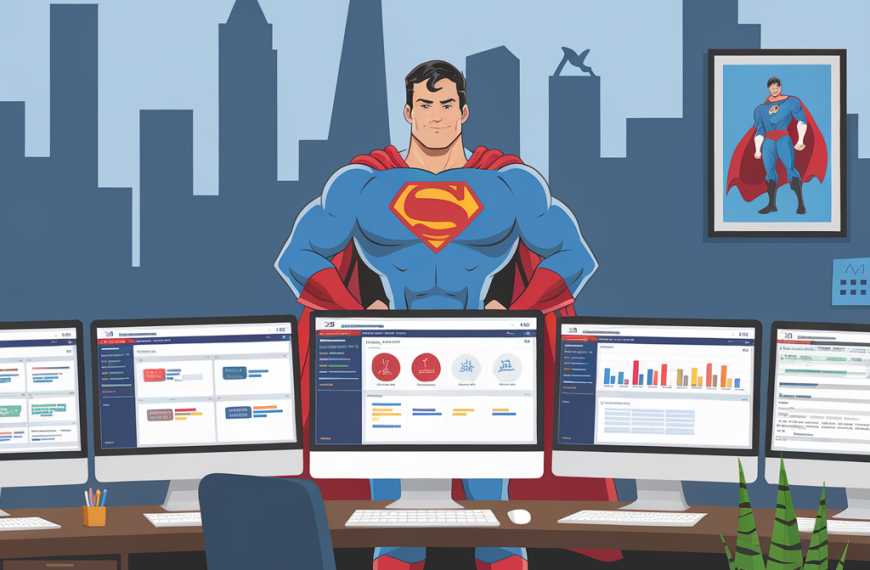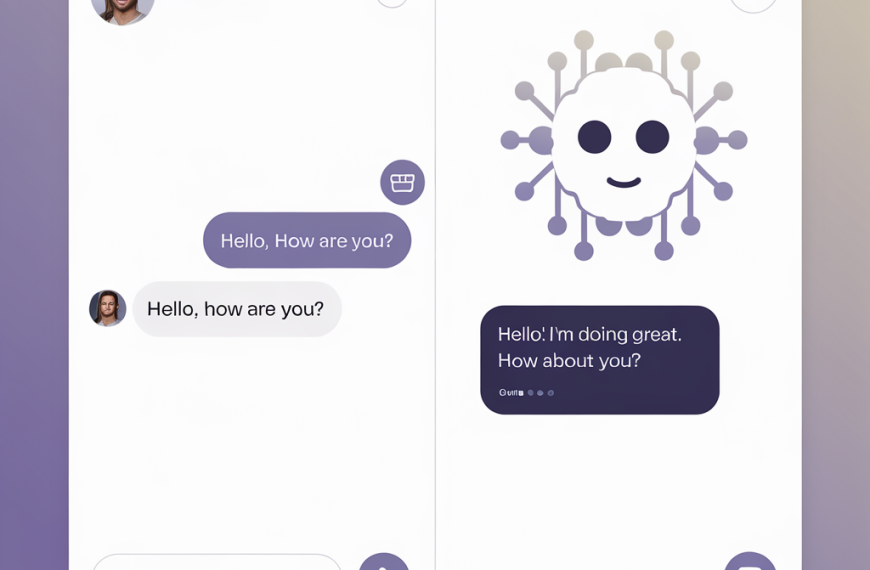The Psychology of SaaS Design: What Keeps Users Hooked?

Introduction
In the competitive world of Software as a Service (SaaS), user engagement is the key to success. Companies are constantly seeking ways to keep users hooked, ensuring they not only use the product but also become loyal advocates. Understanding the psychology behind SaaS design can unlock the secrets to creating compelling user experiences.
The Importance of User Engagement in SaaS
User engagement is more than just a buzzword; it’s a critical component of SaaS success. Engaged users are more likely to renew subscriptions, recommend the product to others, and provide valuable feedback. By leveraging psychological principles, SaaS companies can design products that resonate with users on a deeper level.
Psychological Principles in SaaS Design
Mere-Exposure Effect

The Mere-Exposure Effect suggests that people tend to develop a preference for things they are repeatedly exposed to. In SaaS design, this means creating interfaces that users find familiar and comforting, encouraging them to return.
Zeigarnik Effect

The Zeigarnik Effect highlights our tendency to remember incomplete tasks better than completed ones. SaaS products can leverage this by designing features that encourage users to complete tasks, enhancing engagement and satisfaction.
IKEA Effect

The IKEA Effect describes how people value products more when they have contributed to their creation. Allowing users to customize their experience can increase their attachment to the product.
Key Design Elements
User-Centric Design

User-centric design focuses on creating interfaces that are intuitive and easy to navigate. By prioritizing the user’s needs, SaaS products can enhance satisfaction and retention.
Gamification

Gamification involves incorporating game-like elements such as rewards and challenges into the product. This strategy can make the user experience more engaging and enjoyable.
Reducing Cognitive Load

Simplifying the user interface reduces cognitive load, making it easier for users to focus on their tasks. This can lead to increased productivity and satisfaction.
Case Studies of Successful SaaS Products
Slack

Slack‘s intuitive design and seamless integration with other tools make it a favorite among teams. Its use of notifications and channels keeps users engaged and informed.
Asana

Asana‘s task management features leverage the Zeigarnik Effect, encouraging users to complete tasks and stay organized. Its user-friendly interface enhances productivity.
HubSpot

HubSpot‘s personalization features and comprehensive analytics provide users with a tailored experience, fostering long-term engagement and loyalty.
Expert Insights on User Retention Strategies

Experts emphasize the importance of continuous improvement, personalization, and emotional design in retaining users. By regularly updating features and tailoring experiences to individual needs, SaaS companies can maintain user interest and satisfaction.
Conclusion
Understanding the psychology of SaaS design is crucial for creating products that not only attract users but also keep them engaged. By applying principles like the Mere-Exposure Effect, Zeigarnik Effect, and IKEA Effect, and focusing on user-centric design, gamification, and reducing cognitive load, SaaS companies can build products that resonate with users. Continuous improvement and personalization further enhance user retention, ensuring long-term success.
SEO Strategy
- Primary Keyword: SaaS design psychology
- Secondary Keywords: user engagement strategies, gamification in SaaS
- Meta Description: Discover the psychology behind SaaS design and learn what keeps users hooked. Explore key principles and strategies for user engagement.
- Suggested Image Alt Text: Illustration of SaaS design psychology concepts.
Categories
- Marketing Tools (ID: 13)
- Productivity Tools (ID: 1)
- Software Reviews (ID: 6)
- Trending Insights (ID: 10)
Featured Image URL: Cover Image
Category IDs: 13, 1, 6, 10


 By
By


